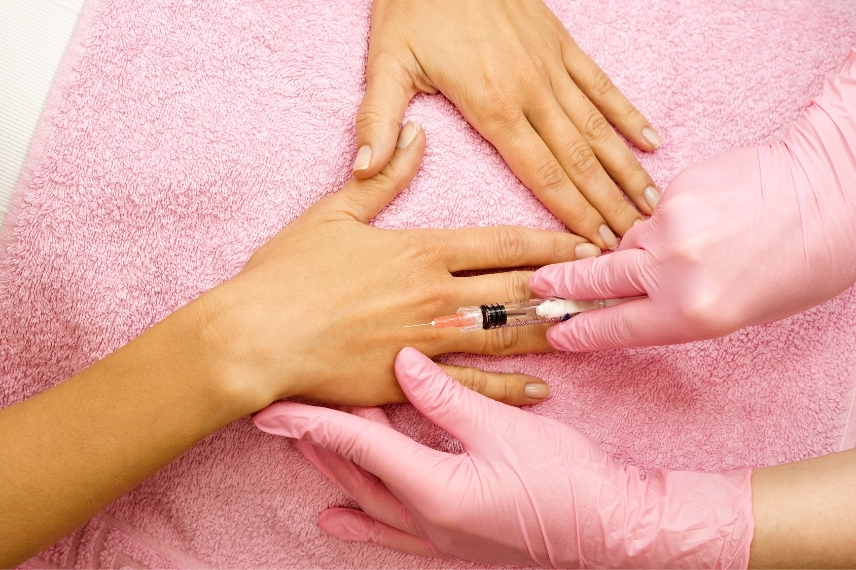
The hands are among the most exposed parts of the body and, over time, undergo visible changes that may be interpreted as signs of aging. One of the most noticeable features of aging hands is the appearance of prominent, bulging veins on the dorsal (back) surface.
These superficial hand veins often become more visible due to a combination of physiological changes, including loss of soft tissue volume, thinning of the skin, and reduced collagen and fat. While these veins are not related to any underlying disease or circulatory dysfunction, their visibility can be a cosmetic concern for many individuals.
Why Do Hand Veins Become More Prominent With Age?
Several anatomical and physiological factors contribute to the increased visibility of hand veins over time:
- Subcutaneous tissue loss: With age, the fat layer under the skin becomes thinner, reducing cushioning and making structures like veins and tendons more prominent.
- Skin thinning: Chronic sun exposure and natural aging reduce dermal thickness, making underlying veins more apparent.
- Venous dilation: As skin support diminishes, superficial veins may become more distended.
- Repeated hand use and gravity: These factors may lead to increased venous pooling and expansion of superficial veins.
It’s important to note that these changes, while visible, are not pathological. The deep venous system of the hand remains intact and continues to maintain normal venous return.
Treatment Options for Prominent Hand Veins
The treatment of prominent hand veins is entirely cosmetic and should only be considered in the absence of any functional impairment. The goal is to reduce the visibility of superficial veins while preserving deep venous function.
-
Foam Sclerotherapy
Sclerotherapy is the most commonly used method for treating visible hand veins. It involves injecting a sclerosing agent into the targeted veins, which leads to endothelial damage, vein collapse, and eventual resorption by the body.
- Procedure: Performed without anesthesia or with local anesthesia using a fine needle.
- Session length: Typically 20–30 minutes.
- Results: Gradual improvement over several weeks.
- Number of sessions: Often 1 to 2 treatments are sufficient.
Since the veins treated are superficial and the deep venous network remains unaffected, sclerotherapy is considered a safe option in appropriately selected cases.
-
Mini-Phlebectomy
In some situations, small incisions may be used to physically remove the vein segments under local anesthesia. This is more invasive than sclerotherapy and may be reserved for patients who are not candidates for injection therapy.
Additional Age-Related Hand Changes
Prominent veins are not the only signs of aging on the hands. Additional cosmetic concerns may include:
- Pigmentation: Chronic sun exposure leads to lentigines (age spots), which can be treated with laser, cryotherapy, or chemical peels.
- Volume loss: Loss of subcutaneous fat creates a skeletal appearance. This can be addressed with:
- Autologous fat transfer
- Dermal fillers (e.g., hyaluronic acid)
- Platelet-rich plasma (PRP)
Safety Considerations
- The veins treated in sclerotherapy are superficial; deep veins remain intact and maintain normal blood flow.
- There is no known association between the treatment of hand veins and increased risk of vascular complications in healthy individuals.
- A thorough assessment should rule out systemic or vascular disease before cosmetic treatment is pursued.
Summary
Prominent hand veins are a common, benign feature of aging related to loss of subcutaneous tissue and skin changes. When they cause cosmetic concern, they can be safely treated using sclerotherapy or, in selected cases, mini-phlebectomy. Additional signs of aging, such as pigmentary changes and volume loss, can also be addressed with other dermatologic or aesthetic procedures. As with all cosmetic treatments, careful patient selection and individualized assessment are essential for optimal outcomes.


